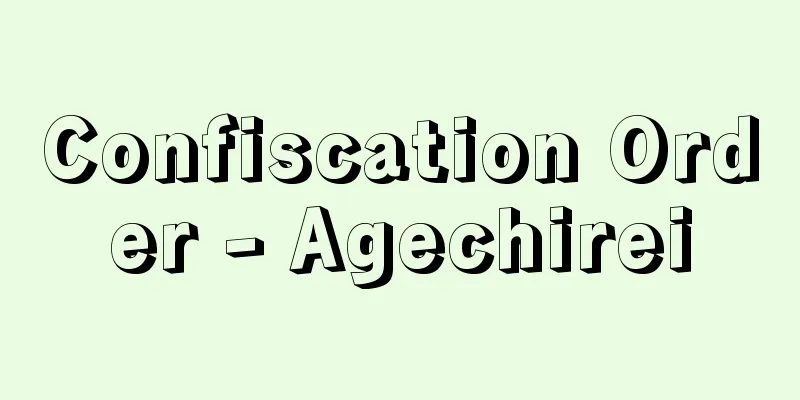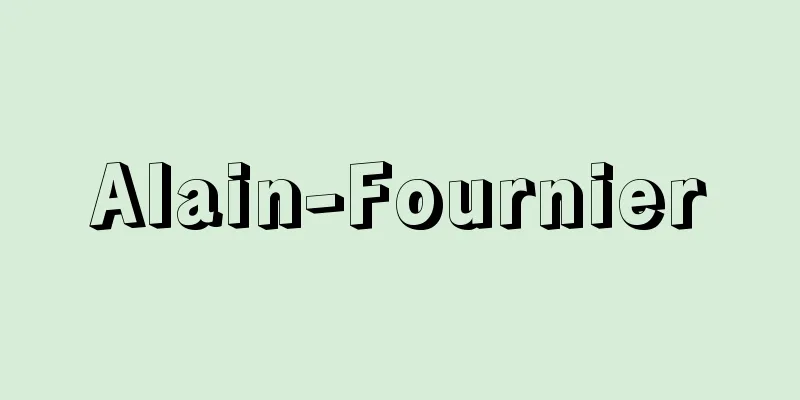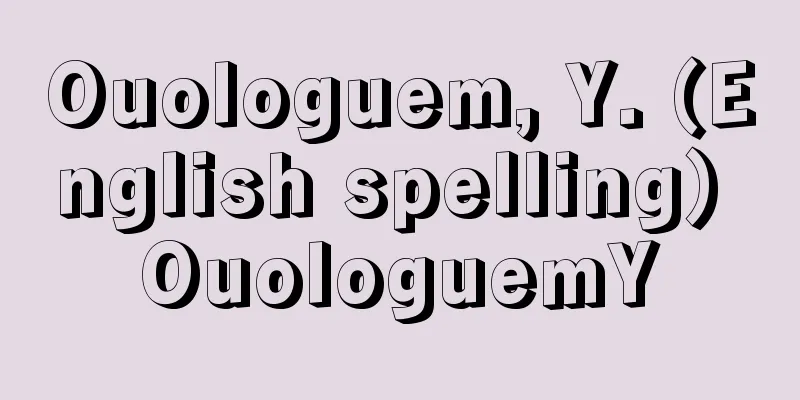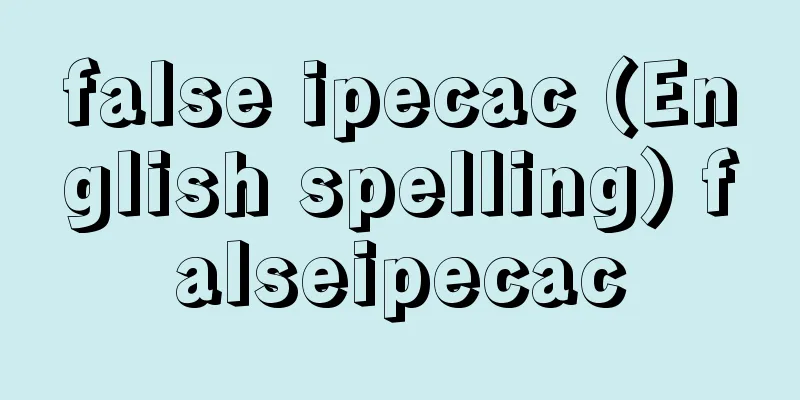Primary education
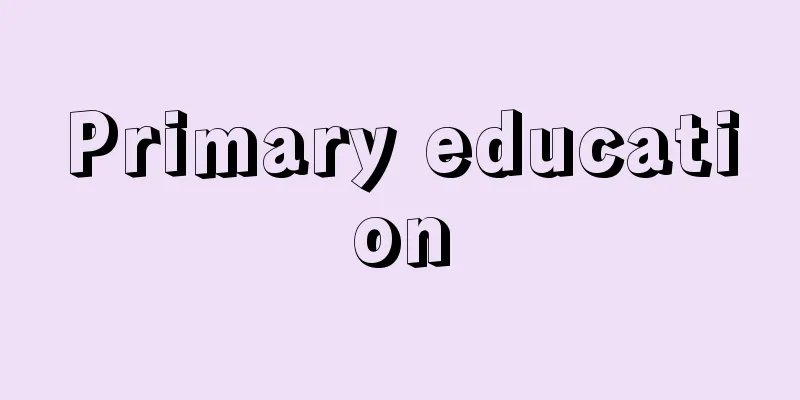
|
Along with secondary education and higher education, primary education constitutes the three stages of school education, and refers to the common basic general education given to all children in their childhood (from 5-7 years old to around 11-12 years old). Historically, primary education was not a single stage in school education as it is today, but rather a system of its own. In contrast to the liberal arts education system for the children of the upper wealthy classes, primary education provided the children of the general public with reading , writing, and arithmetic, which are necessary for daily life, and formed a complete system in itself. Reading, writing , and arithmetic are what are known as the 3R's education. These are basic and tool-like for learning, and are called tool subjects. Later, with the progress of national education policies, socio-economic development, and an increase in the number of students, the content of primary education gradually expanded. In other words, history and geography were introduced with the aim of cultivating patriotism, and science was introduced with the development of natural science. These are called content subjects. Eventually, arts and lifestyle subjects such as music, arts and crafts, physical education, and sewing began to be taught, and the content of primary education was largely established. Then, prompted by the expansion of secondary education and the development of democratic ideas, the unification of the primary education system for the masses and the liberal arts education system for the upper wealthy classes was promoted, and primary education came to be positioned as one stage directly connected to secondary education. Primary education, as a common basic education given to all children, gradually became compulsory and free. The Universal Declaration of Human Rights (1948) also states that "education shall be free, at least in the elementary and basic stages. Primary education shall be compulsory." Primary education is generally given in elementary schools of about six years in various countries. In some countries, preschool education is combined with elementary education to form a single stage of primary education. For example, in the UK, infant schools and elementary schools are called primary schools. In Japan, the core of primary education is elementary schools, but kindergarten education may also be included (Article 2, Item 2 of the Ministry of Education Establishment Law), and as preschool education has spread and developed, cooperation with elementary schools has been sought. Since the second half of the 1990s, as education that fosters the ability to live in a relaxed environment and that makes use of individuality has been promoted, cooperation between elementary schools and kindergartens/daycare centers has become an increasingly important issue, including the problem of class collapse in the lower grades of elementary school. [Tsubura Kiyoji] "Central Council for Education Report: 'Basic Measures for Educational Reform - Basic Measures for the Comprehensive Expansion and Improvement of School Education in the Future' (1971, Ministry of Education)" ▽ "Issues in the Education System, edited by Ito Hideo and Manomiyao (1975, Daiichi Hoki Publishing)" ▽ "Educational Organization, Management and Society, edited by Oura Takeshi (1990, Yamabunsha)" ▽ "Summary of the Education System, edited by Educational System Research Group (1991, Academic Book Publishing)" ▽ "Principles of Primary Education, edited by Morikami Shiro (1993, Minerva Shobo)" [Reference] | | | | | | | | | | |Source: Shogakukan Encyclopedia Nipponica About Encyclopedia Nipponica Information | Legend |
|
中等教育、高等教育とともに、学校教育の3段階を構成するものであり、児童期(5~7歳から11~12歳ごろまで)のすべての子供に対して施される共通の基礎的な普通教育をいう。歴史的にみると、初等教育は今日のように学校教育における1段階というよりは、むしろ一つの系統を意味していた。すなわち、上流の富裕な階層の子弟のための教養教育系統に対して、一般民衆の子弟に対して、日常生活に必要な読み方reading、書き方writing、算術arithmeticの教育を施すものであり、それ自体で完結する一つの系統をなしていたのである。いわゆる読み・書き・そろばんであり、3R's(スリー・アールズ)の教育とよばれる。これらは、学習のための基礎的、道具的なものであり、用具教科と名づけられている。その後、国民教育政策の進展と社会経済の発展ならびに就学者の増大とともに、しだいに初等教育の内容が拡充されていく。すなわち、歴史、地理などが愛国心養成を目ざして導入され、また自然科学の発達とともに理科が取り入れられた。これらは内容教科といわれる。やがて、音楽、図画工作、体育、裁縫などの芸能的・生活的教科が教えられるようになり、初等教育の内容がほぼ整備される。 そして、中等教育の拡大や民主主義思想の発達に促されて、民衆のための初等教育系統と上流富裕階層のための教養教育系統の統一が進められ、初等教育は、中等教育に直結する一つの段階として位置づけられるようになるのである。初等教育は、すべての児童に与えられる共通の基礎的教育であるので、しだいに義務・無償となってきた。世界人権宣言(1948)も、「教育は少なくとも、初等の基礎的な段階では、無料でなければならない。初等教育は義務教育であることを要する」としている。初等教育は、諸国においておおむね6年程度の小学校において施されている。国によっては、就学前教育を小学校教育と結び付けて一つの段階を構成して初等教育としている場合もある。たとえばイギリスでは、幼児学校と小学校をあわせて初等学校とよんでいる。わが国でも、初等教育の中心は小学校であるが、幼稚園教育を含める場合もあり(文部省設置法2条2号)、就学前の幼児教育が普及発達するに伴い、小学校との連携が図られてきた。そして、1990年代後半以降、ゆとりのなかで生きる力をはぐくむ教育、また個性を生かす教育が進められるなかで、小学校低学年における学級崩壊の問題も含めて、小学校と幼稚園・保育所との連携がいっそう重要な課題となっている。 [津布楽喜代治] 『中央教育審議会答申『教育改革のための基本的施策――今後における学校教育の総合的な拡充整備のための基本的施策について』(1971・文部省)』▽『伊藤秀夫・真野宮雄編著『教育制度の課題』(1975・第一法規出版)』▽『大浦猛編『教育の組織・運営と社会』(1990・山文社)』▽『教育制度研究会編『要説教育制度』(1991・学術図書出版社)』▽『森上史朗編『初等教育原理』(1993・ミネルヴァ書房)』 [参照項目] | | | | | | | | | | |出典 小学館 日本大百科全書(ニッポニカ)日本大百科全書(ニッポニカ)について 情報 | 凡例 |
<<: Four Heroes of the Early Tang Dynasty
>>: The monkey who listens to all the ways - shodō kimi mi se kenzaru
Recommend
Traianus, Marcus Ulpius
[Raw] 53. Italica [Died] August 8/9, 117. Emperor ...
Eria ovata (English spelling)
… [Ken Inoue]. … *Some of the terminology that me...
Steam bath [hot spring] - Dandruff bath
A hot spring located in Hachimantai, Kazuno City, ...
Camellia [Hot Spring] - Camellia
A hot spring on the coast of the southern part of ...
"Record of the Extermination of Ouchi Yoshihiro"
…It is a record-like work, and is highly reliable...
William Wyler
American film director. Born in Mulhouse, France ...
Swietenia mahagoni (English spelling)
… [Ken Ogata]. . … *Some of the terminology that ...
Homecoming - Kisei
[1] [noun] To return to one's hometown to chec...
Cutting and fitting
…In the 4th century, it was developed in Byzantiu...
Yoshimi Kuwata - Yoshimi Kuwada
Botanist. Well known for his research in cytology...
Shiraoi [town] - Shiraoi
Shiraoi town in Shiraoi district, Hokkaido, locate...
Eastbound - Eastern Flower
To travel around the eastern side of a region. Als...
Unforgettable People - Unforgettable People
A short story by Kunikida Doppo. Published in Koku...
Kushaharata Dynasty
...This dynasty was called the Kṣaharāta dynasty,...
Miltassia
...The former has large, gorgeous flowers and exc...
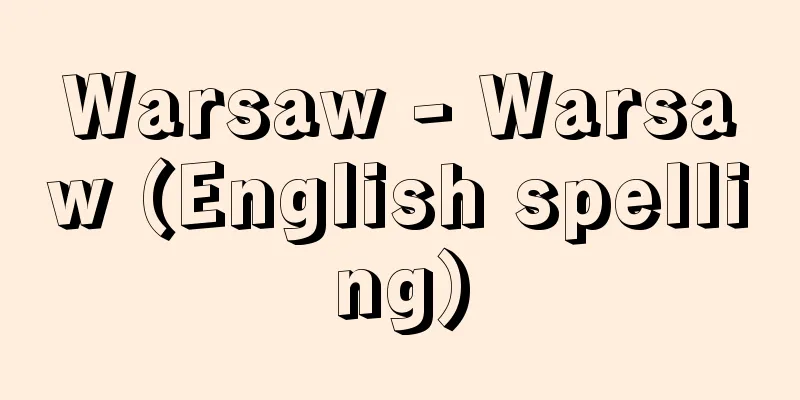
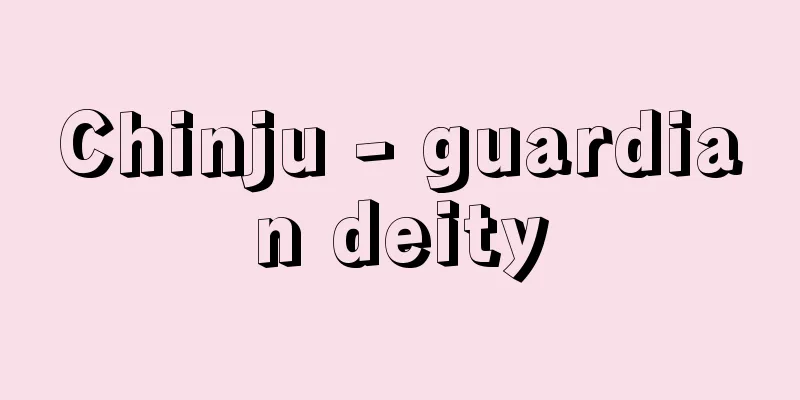

![Hiranai [town] - Hiranai](/upload/images/67cca59de5a70.webp)
